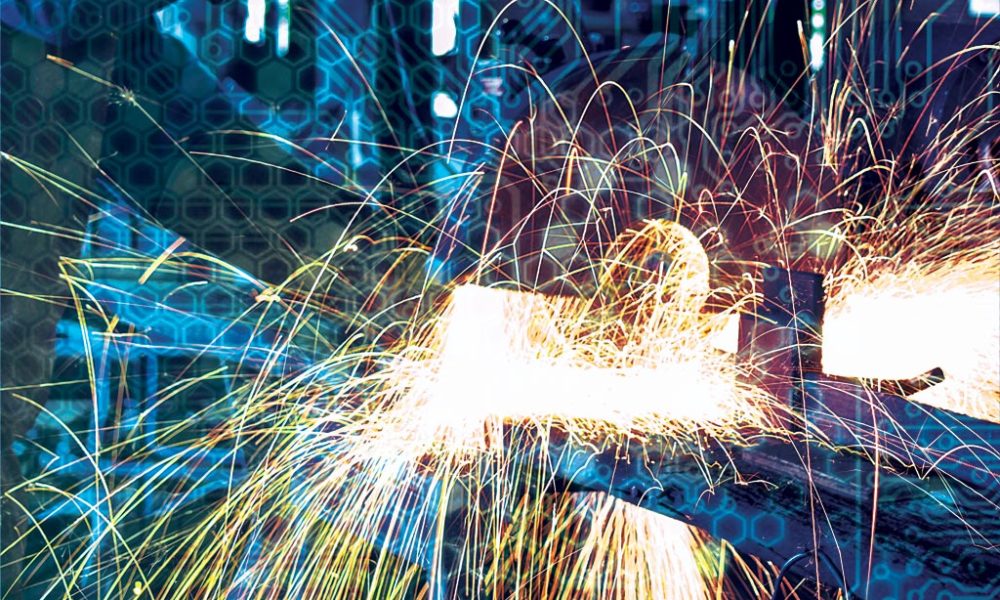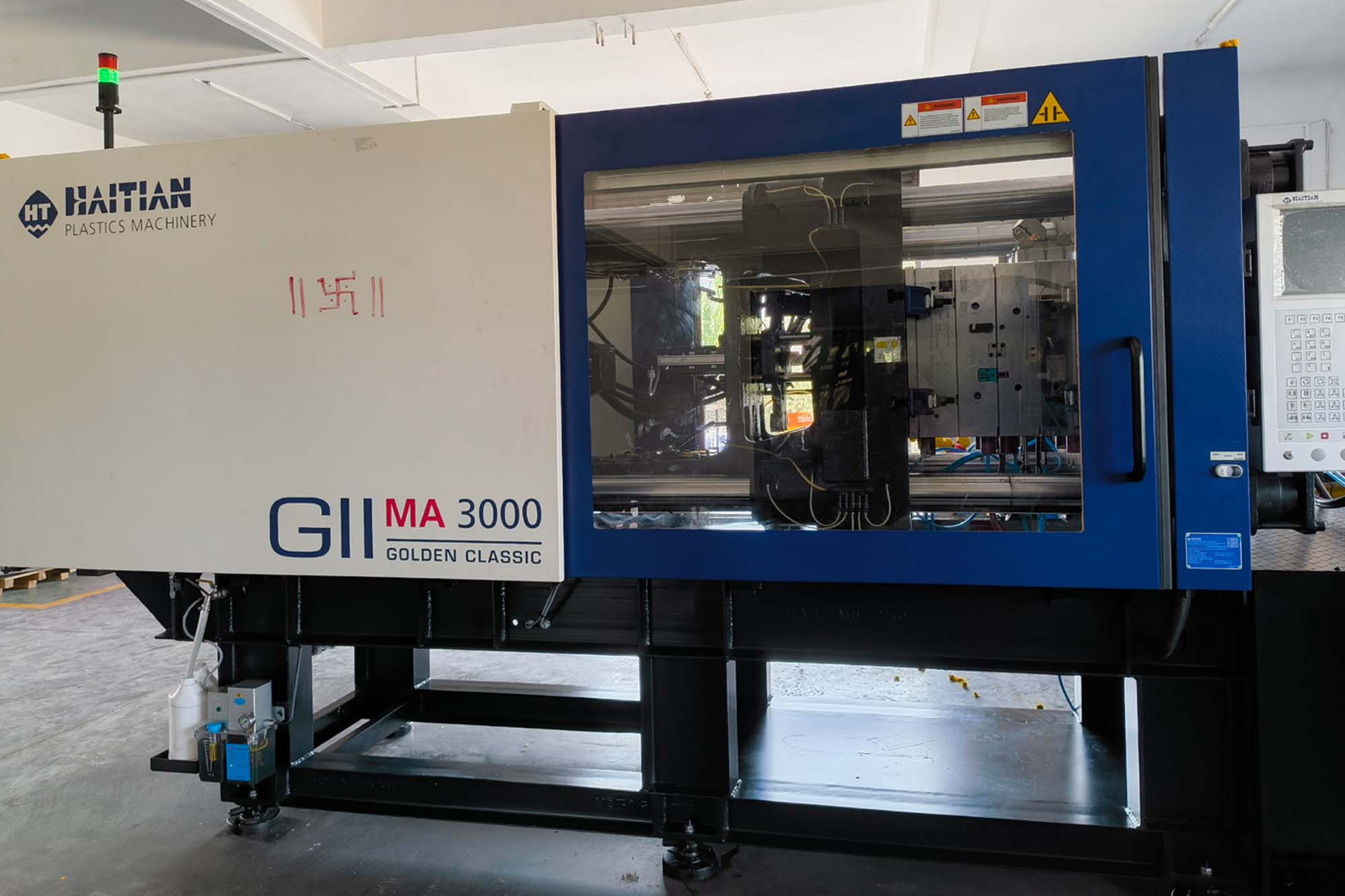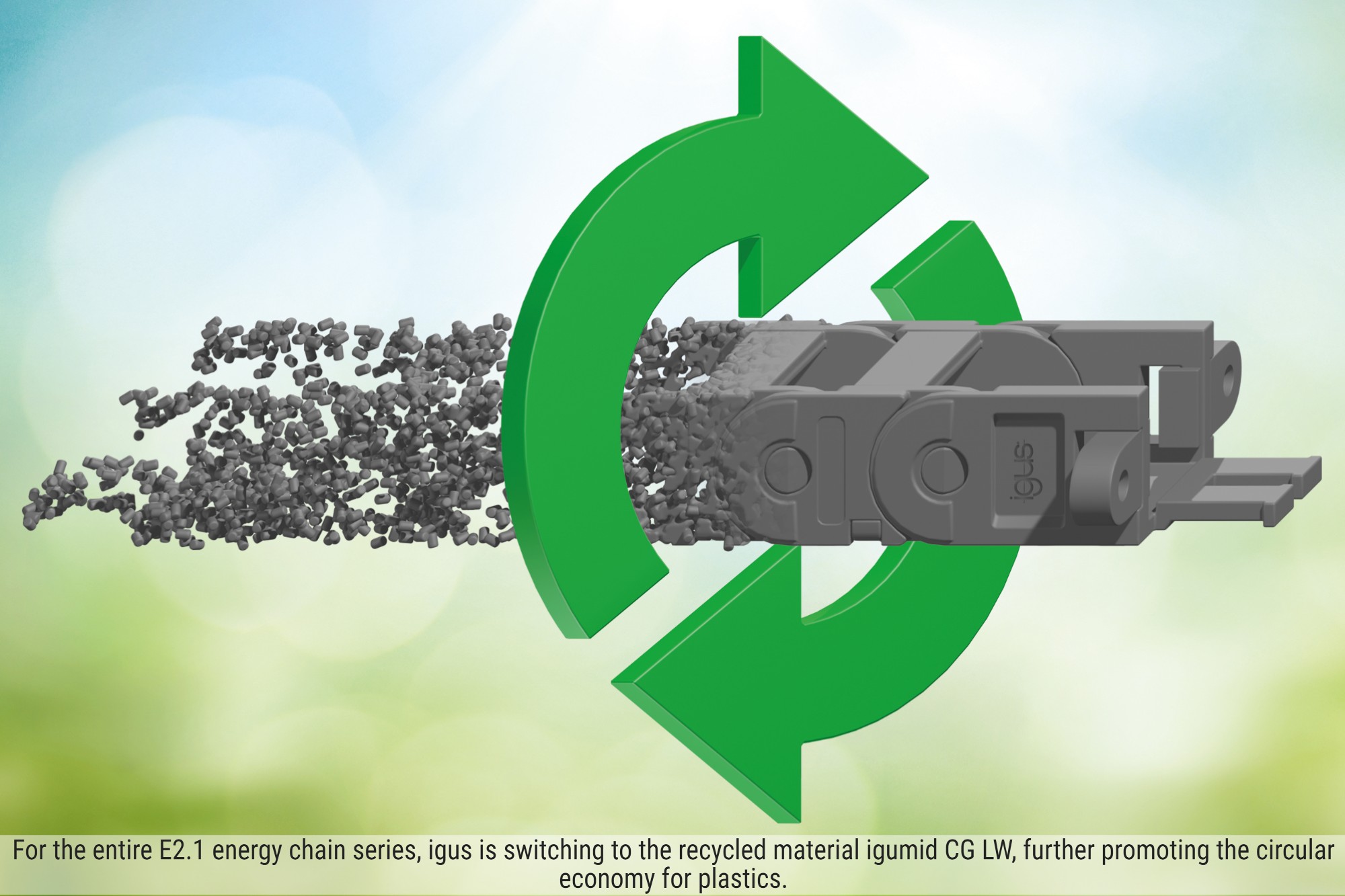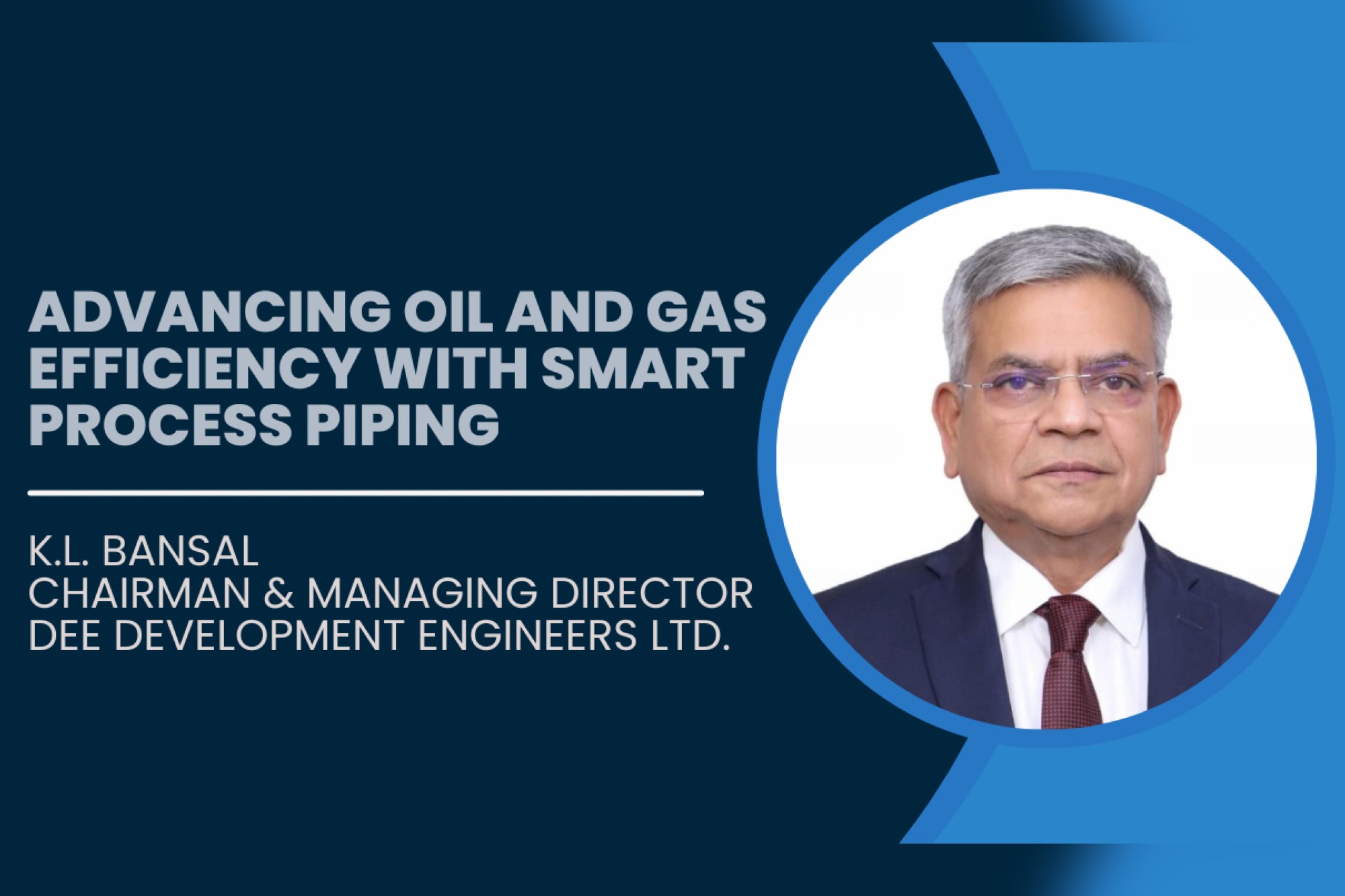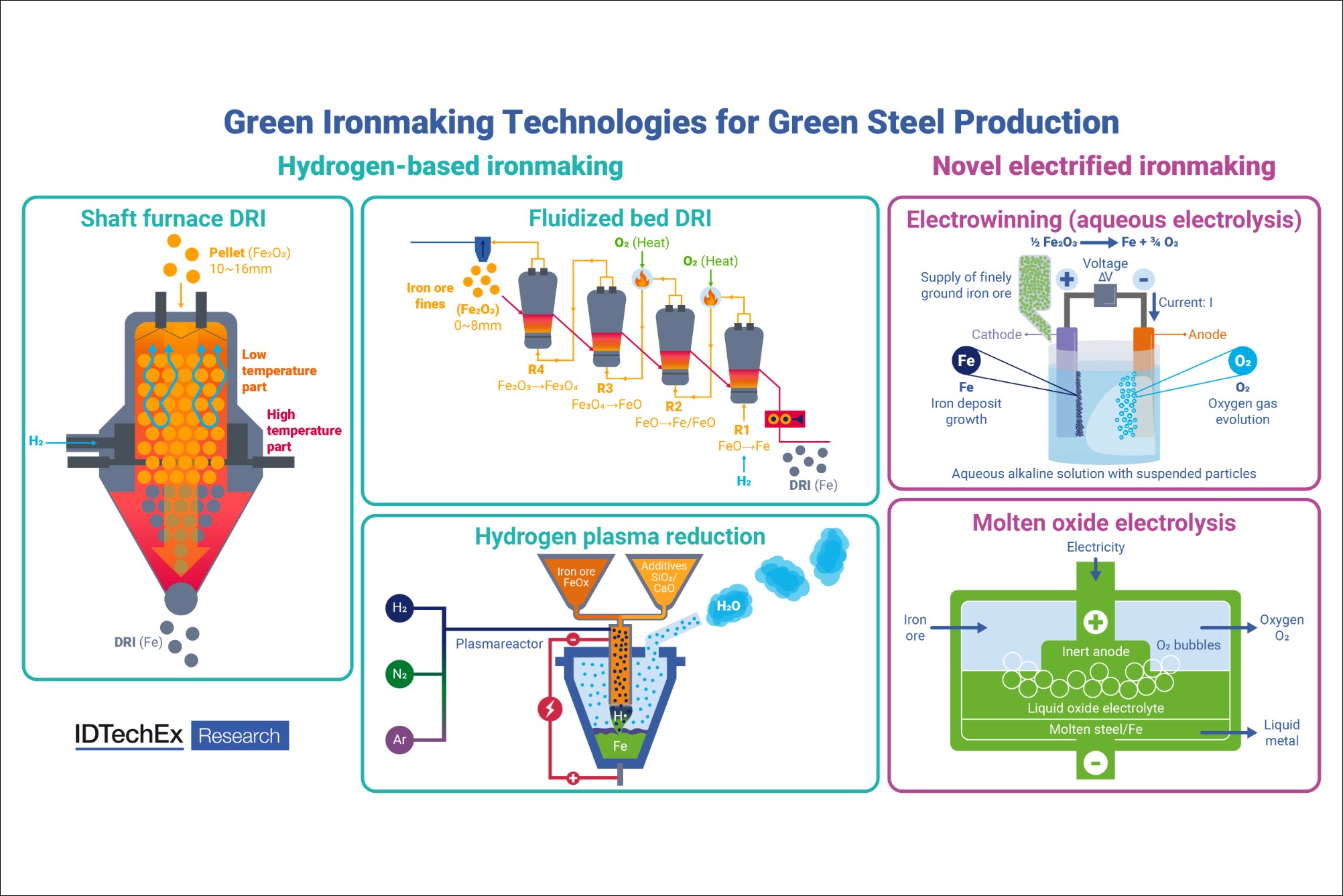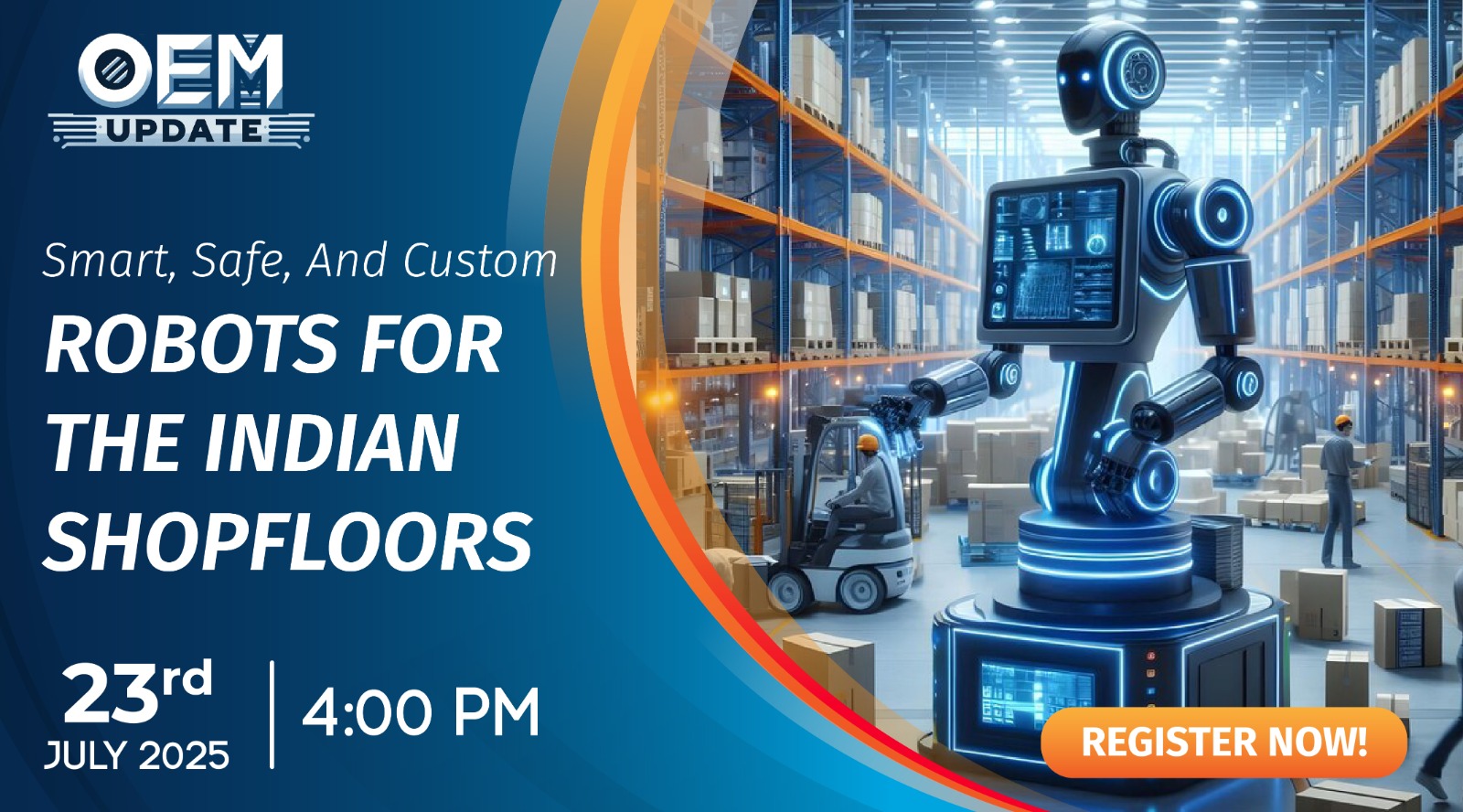Automated Welding: Pros and Cons
By OEM Update Editorial September 11, 2017 1:02 pm IST
If you’re wondering how automated welding can enhance your value stream, here are the main pros and cons to consider.
Automated welding can provide large gains in productivity and profitability – in the right applications. Welding is arguably the most complex manufacturing process and is frequently the least understood. A surprising number of companies spend millions of dollars to automate assembly while ignoring the welding process. Manual welding is still the best process for many assemblies. However, many assemblers are implementing automated welding systems to increase quality, productivity and profitability. Here we present the pros and cons of automated welding.
Semiautomatic and fully automatic
“Welding automation can be broken down into two basic categories i.e. semiautomatic and fully automatic. In semiautomatic welding, an operator manually loads the parts into the welding fixture. A weld controller then keeps the welding process, motion of the torch, and stillness of the parts to preset parameters. After the weld is completed, the operator removes the completed assembly and the process begins again,” says S M Bhat, Managing Director, Ador Welding Limited.
He explains, “In fully automatic welding, a custom machine, or series of machines, loads the workpiece, indexes the part or torch into position, accomplishes the weld, monitors the quality of the joint and unloads the finished product. Additional “part in place” and final product quality checks may also be designed into the machine if necessary. Depending on the operation, a machine operator may be necessary.”
Bhat believes that not every welding operation is a good candidate for automated welding. Applications will benefit most from automation if the quality or function of the weld is critical; if repetitive welds must be made on identical parts; or if the parts have accumulated significant value prior to welding. Excellent candidates for automation include batteries, capacitor cans, solenoids, sensors, transducers, metal bellows, relay enclosures, light bulb elements, fuel filters, thermos flasks, medical components, nuclear devices, pipe fittings, transformer cores, valve elements and airbag components. Companies that assemble limited quantities of products requiring accurate or critical welds may benefit from a semiautomatic system, but would probably not need fully automated systems.
Offers improved weld quality, increased output and decreased variable labour costs
Bhat informs “Automated welding systems offer four main advantages: improved weld quality, increased output, decreased scrap and decreased variable labour costs. Weld quality consists of two factors: weld integrity and repeatability. Automated welding systems ensure weld integrity through electronic weld process controllers. Combining mechanised torch and part motions with electronic recall of welding parameters results in a higher quality weld than can be accomplished manually. This offers instantaneous quality control. Furthermore, because a weld is made only once, defects are readily visible and detectable. Humans tend to “smooth over” a mistake with the torch, hiding lack of penetration or a possibly flawed weld. In some cases, leak testing and vision systems can be integrated into fully automated systems to provide additional quality control.”
Bhat suggests “Semiautomatic and fully automatic systems increase output by eliminating the human factor from the welding process. Production weld speeds are set at a percentage of maximum by the machine, not by an operator. With minimal setup time and higher weld speeds, a mechanised welding system can easily outpace a skilled manual welder.”
Require a higher initial investment than manual systems
Despite all the benefits, Bhat explains welding system automation is accompanied by some drawbacks. Although the drawbacks can be controlled, they should be recognised from the onset of an automated welding project.
Bhat says, “Automated welding systems require a higher initial investment than manual systems. A modern manual welding power supply costs less than $5,000; semiautomatic systems often start around $30,000. Companies considering fully automated welding systems should budget $175,000 to $250,000 for a turnkey system.”
He observes, “Flexibility is also an issue. The flexibility of a machine has an inverse relationship with the degree of automation. While a manual welder can easily move from one part to the next, specialised welding equipment and systems can only satisfy a dedicated niche in the manufacturing process. Flexibility of performance is exchanged for accurate, repeatable and precise welds.”
He also says, “When shifting from labour-intensive to capital-intensive processes, companies must adopt and rigorously follow preventive maintenance programs. Relying on one machine to do the work of eight welders is like placing all of one’s eggs into one basket. While the gains in productivity and profitability can be outstanding, an effective preventive maintenance program must be followed to minimize the risk of costly downtime. Depending on the complexity of the system, a maintenance program should include cleaning and lubricating the machine, calibrating
the controls and power supply, and replacing consumables.”
Bhat feels implementing an automated welding system requires a longer lead time for reaching full-scale production. If a company needs to begin welding parts immediately, manual machines may be purchased and implemented in a matter of days or hours. Semiautomatic machines can take 4 to 8 weeks to deliver. Fully automatic systems commonly have lead Arial of at least 20 weeks. The long-term benefits of automated welding systems often outweigh the initial costs of these lead Arial. As a result, delivery Arial should be considered in the planning process.
Bhat adds, “Before investing large sums in automation, assemblers should consider product life cycle. Most products follow a predictable pattern of introduction, growth, maturity and decline. Assemblers would be ill-advised to sink cash into automating the assembly of an eight-track tape player. On the other hand, the demand for airbag elements and automotive emission sensors will probably remain strong for years.”
ADOR Welding Limited offers standard and customised Automation solutions for different types of Industries:
Standard welding automation products:
• Column and boom
• Welding positioners
• Welding rotator
• Trolley for linear GMAW welding (MIG AUTOMATION)
• Trolley for circular shell welding (MIG)
• Fume extractor.
• Square axle welding SPM
• Robotic welding
• H beam welding SPM
• Idler roller welding
• Cylinder welding SPM
• Weld Seamer.
Provides various benefits to users
Welding is considered the most complex joining operations involving numerous variable parameters including skills. “Automated welding provides main benefits to users like reproducible weld qualities irrespective of operator skills, increased output, reduces defects and scraps and decreases variable labour cost,” says Amlan Saha, Sales Project Management-Automation PW, Fronius India Pvt Ltd.
Saha adds, “Reproducibility of welding is most important for production lines producing numbers of components for automotive industries like two-wheeler and four-wheeler etc. Robotic and special purpose machines (SPM) are mostly employed for such applications. Part loading and unloading can also be mechanised with proper jigs and fixture assemblies along with mechanised welding systems. Consistency of quality is the prime requirement for such mechanised process. Assuming the system controller is functioning properly, whether the machine positions the parts or the torch within the specified tolerance for welding, solely depends on the quality of the system and intelligence of the system to understand the external environment correctly.”
Saha opines, “When the entire industry is moving towards Industry 4.0 or, cyber physical production systems, the most important for industry is to select the futuristic technologies which can handle large number of data for documenting, reporting and monitoring.” He further adds, “Apart from automotive industries the other industry sectors with high dependence on welding automation are critical manufacturing like defence, aerospace, rail transport, power, valves, oil and gas components, construction machinery and engineering fabrications. Human skill shortage across the industries and demands for higher production at lesser labour cost per component is creating a huge demand for mechanized welding systems.”
Major drawbacks of welding automation system
Despite all the benefits, welding automation system always has some drawbacks explains Saha like product life cycle vis-à-vis the initial investment for the welding automation systems, limitations of flexibility and hence requires a higher quality and consistency of input material.
Saha outlines, few points of Fronius Automated Welding solutions for Pipe welding, valves overlay, power and engineering sectors:
Fronius Welding Automation offerings to
industry:
• Customer-specific system solutions
As a systems supplier, we have been creating the most cost-effective, customer-specific and complete solutions for mechanised arc welding for over forty years.
• Overlay and joint welding
Whether they relate to the overlay or joint welding processes, the application areas are as challenging as they are varied and unique.
• Intelligent systems with leading welding technology
Our customers benefit from world-renowned Fronius welding technology, which optimises each and every one of our systems intelligently and efficiently.
• Significant competitive advantages for our customers
Equipped with many years of experience as the leading power source developer, we seamlessly incorporate our leading technology into mechanised systems to produce significant competitive advantages. Outstanding welding results, shortened welding cycles and a considerable reduction in costs guarantee maximum cost effectiveness.
• Fronius Welding Automation creates added value
Together with the usual professional technical support provided by Fronius throughout the world, we create considerable added value, which is what makes Fronius the unique partner for mechanised welding.
Cookie Consent
We use cookies to personalize your experience. By continuing to visit this website you agree to our Terms & Conditions, Privacy Policy and Cookie Policy.




